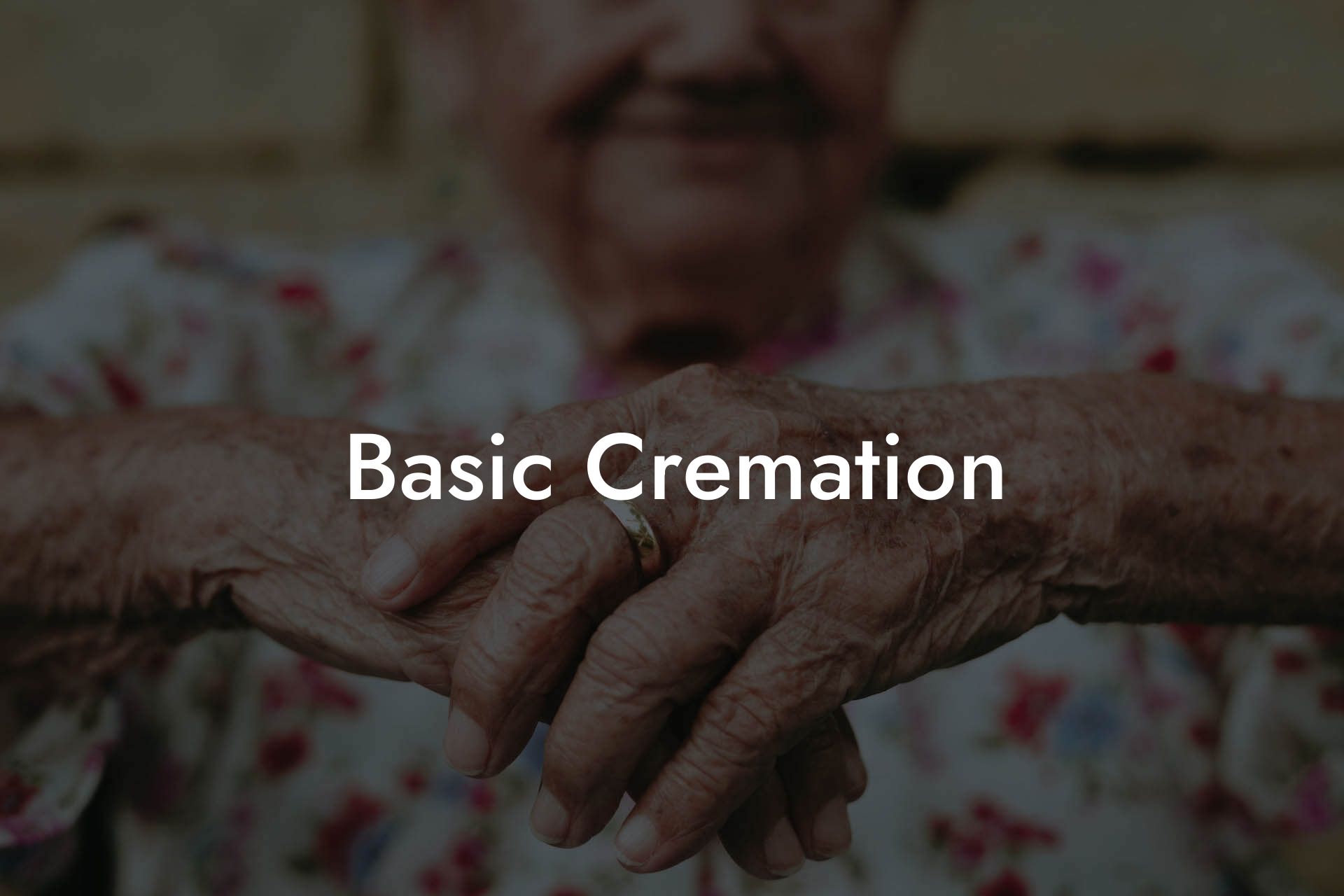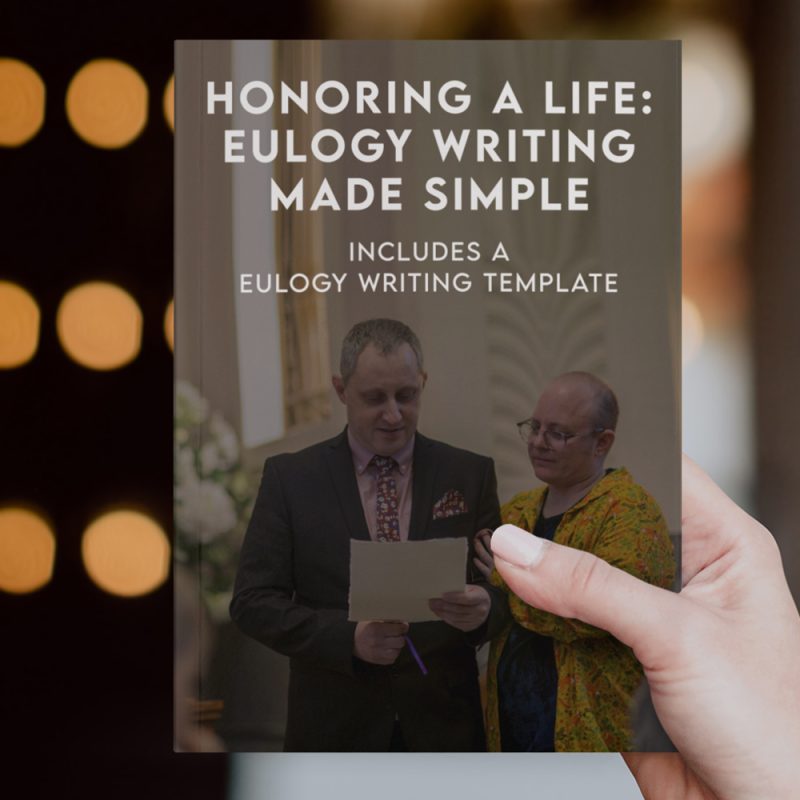Imagine a world where you can honor your loved ones in a way that's both environmentally friendly and cost-effective. Welcome to the world of basic cremation—a simple, yet meaningful way to say goodbye to those who matter most.
Quick Links to Useful Sections
What is Basic Cremation?
Basic cremation, also known as direct cremation, is a funeral option that skips the traditional funeral service and burial. Instead, the body is cremated shortly after passing, and the ashes are returned to the family. This approach eliminates the need for embalming, a casket, and a cemetery plot, making it a more affordable and eco-friendly choice.
With basic cremation, you can still hold a memorial service or celebration of life at a later date, allowing you to focus on what truly matters—honoring your loved one's memory and sharing stories with friends and family.
The Benefits of Basic Cremation
So, why are more people opting for basic cremation? Here are just a few benefits:
- Cost-effective: Basic cremation can save you thousands of dollars compared to traditional funeral services.
- Environmentally friendly: Cremation uses fewer resources and produces less waste than traditional burials.
- Flexibility: You can hold a memorial service or celebration of life at a later date, giving you time to plan a meaningful event that honors your loved one.
- Simplicity: Basic cremation eliminates the need for elaborate funeral arrangements, allowing you to focus on what truly matters.
Are you struggling to write a meaningful eulogy during this difficult time? Our professional eulogy writing service can help you honour your loved one in less than 48 hours, with no additional stress. We help you preserve the legacy of a cherished life, in your time of grief. Find out more →
By choosing basic cremation, you're not only saving money and reducing your environmental impact, but you're also gaining the freedom to focus on what truly matters—celebrating the life of your loved one.
The Process of Basic Cremation
So, what happens during the basic cremation process? Here's an overview:
- Transportation: The body is transported from the place of death to the crematory.
- Preparation: The body is prepared for cremation, which may include washing and dressing the body.
- Cremation: The body is cremated, reducing it to ashes.
- Return of ashes: The ashes are returned to the family, usually in an urn or container.
The entire process typically takes a few days, depending on the crematory and local regulations.
What to Do with the Ashes
Once you receive the ashes, you have several options:
- Bury them: You can bury the ashes in a cemetery, urn garden, or on private property.
- Scatter them: Scatter the ashes in a meaningful location, such as a favorite park or beach.
- Keep them: Keep the ashes in an urn or container, either at home or in a columbarium.
- Divide them: Divide the ashes among family members or friends, allowing everyone to keep a piece of their loved one close.
Whatever you choose, make sure it's meaningful to you and your loved one.
Planning a Memorial Service or Celebration of Life
A memorial service or celebration of life is a meaningful way to honor your loved one and share stories with friends and family. Here are some tips to get you started:
- Choose a venue: Select a venue that's meaningful to your loved one, such as a park, beach, or community center.
- Set a date and time: Choose a date and time that works for most guests, and make sure to give them enough notice.
- Create a theme: Choose a theme that reflects your loved one's personality, interests, or hobbies.
- Plan the program: Decide on the order of events, including speeches, music, and readings.
Remember, the goal is to celebrate your loved one's life and share memories with those who matter most.
Frequently Asked Questions about Basic Cremation
Here are some frequently asked questions about basic cremation:
1. Is basic cremation legal?
Yes, basic cremation is legal in all 50 states and is a popular choice for many families.
2. Can I still hold a funeral service if I choose basic cremation?
Yes, you can still hold a memorial service or celebration of life at a later date.
3. How long does the basic cremation process take?
The entire process typically takes a few days, depending on the crematory and local regulations.
4. Can I witness the cremation process?
In some cases, yes, you can witness the cremation process. However, this is not always possible or recommended.
5. Can I pre-plan my own basic cremation?
Yes, you can pre-plan your own basic cremation, which can help alleviate the burden on your loved ones and ensure your wishes are respected.
Resources and Community Support: Your Next Steps
If you're considering basic cremation, here are some resources to help you get started:
- Cremation associations: Organizations like the International Cemetery, Cremation and Funeral Association (ICCFA) and the National Funeral Directors Association (NFDA) offer resources and guidance on cremation.
- Online forums: Online forums and support groups can connect you with others who have experienced loss and are considering cremation.
- Funeral homes and crematories: Reach out to local funeral homes and crematories for guidance on the basic cremation process and costs.
Remember, you're not alone in this journey. Seek out support from loved ones, online communities, and professionals who can guide you through the process.
IF YOU NEED HELP WRITING A EULOGY, CHOOSE EITHER OUR E-BOOK OR PROFESSIONAL EULOGY WRITING SERVICE
Honoring a Life: Eulogy Writing Made Simple (Instant Download)
When grief overwhelms, Honoring a Life: Eulogy Writing Made Simple offers compassionate, step-by-step guidance for women to craft heartfelt tributes. With gentle prompts, relatable examples, fill-in-the-blank templates, self-care advice, and delivery tips, this warm, professional guide supports you through gathering memories and delivering a meaningful eulogy with confidence and authenticity.
Professional Eulogy Writing Service
Eulogy Written For You
In times of deep grief, our Professional Eulogy Writing Service provides compassionate, bespoke funeral tributes. Our seasoned writers capture your loved one’s essence, blending your memories into a narrative. With a simple, comforting process and flexible delivery options (24-hour, express, standard), we relieve the burden, ensuring a dignified, heartfelt homage.



